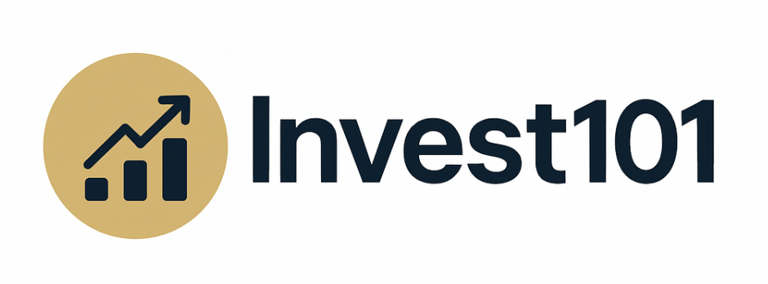Political Pressure on the Fed: What It Means for the Markets
The U.S. Federal Reserve’s independence is under growing political attack, with Trump allies criticizing its spending and policy decisions, raising market concerns.
MACRO & POLICY
7/22/20252 min read


What’s Happening?
Public criticism of Chair Jerome Powell has intensified, with Trump and other Republicans accusing the Fed of holding interest rates "too high" to hurt the economy under Democratic leadership.
Some political figures have proposed firing or replacing Powell, despite the legal and reputational consequences.
An internal Republican review is underway into the $2.5 billion renovation of the Fed’s headquarters, framing it as excessive and politically motivated.
Broader rhetoric suggests a push to regain political control over monetary policy, potentially limiting the Fed’s ability to act independently during future economic shocks.
Why Markets Should Care
The Fed doesn’t just set interest rates, it anchors global trust in the U.S. economic system. Any disruption to its perceived neutrality can trigger outsized reactions across asset classes.
1. Eroded Confidence in U.S. Institutions
Markets thrive on credibility and predictability. If the Fed is seen as bowing to political pressure, that credibility unravels, pushing investors to demand higher risk premiums.
2. Increased Volatility Across Assets
Previous hints at firing Fed chairs or politicizing policy have caused:
Bond yields to spike
Equities to wobble, especially financials
Safe havens like gold and the yen to rally
A full-blown political standoff could see this playbook return in force.
3. Steeper Yield Curves and Dollar Weakness
Ironically, pressure to cut rates may lead to higher long-term yields as investors fear inflation and instability. At the same time, the U.S. dollar could lose appeal as a reserve currency if monetary integrity is questioned.
What Should Investors Do?
Monitor Political Headlines – Fed credibility risk is now a macro factor.
Watch the Yield Curve – A steepening curve can indicate long-term risk aversion.
Diversify Across Regions – Political tail risk is now baked into U.S. exposure.
Emphasize Quality Assets – Companies with strong balance sheets are more resilient to policy noise.
Hedge Currency Exposure – A weaker dollar may emerge if policy becomes erratic.
Looking Ahead: The 2025 Risk Landscape
If a future administration begins actively shaping monetary policy, investors will need to adapt to a world where the Fed may no longer act purely on inflation and employment data. Instead, political timing could influence rate hikes or cuts, reminiscent of emerging markets where central bank independence is often in question.
The U.S. could face:
Higher structural inflation expectations
Reduced foreign appetite for Treasuries
A risk premium on U.S. equities
Final Word
The Federal Reserve's independence is not a partisan issue, it's a market imperative. Political attacks on the Fed, even if symbolic for now, create long-term uncertainty that investors must begin pricing in. Whether or not Jerome Powell remains at the helm, markets will closely watch whether the institution itself can remain above the political fray.
Invest101.blog
Articles and resources for smart investing.
Contact
contact@invest101.blog
© 2025. All rights reserved.
